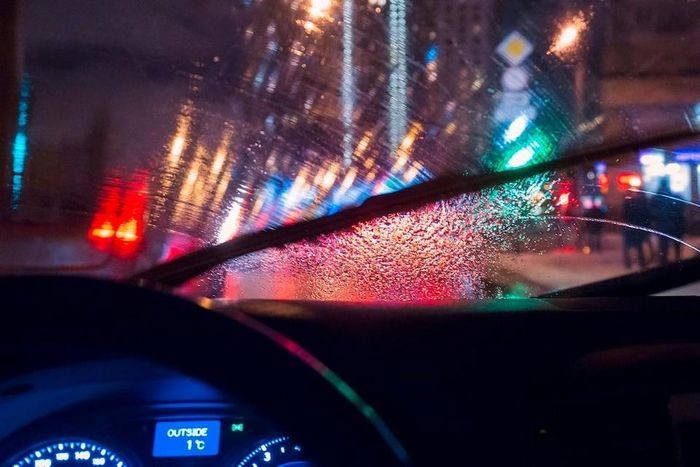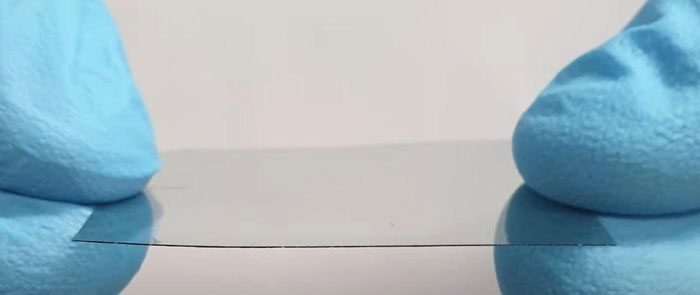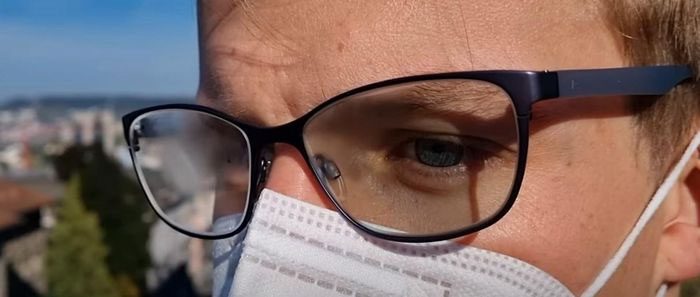During the cold rainy season, many drivers face the issue of foggy windshields due to moisture.

A foggy windshield is not only a nuisance but also dangerous while driving. (Photo: Unsplash).
When humid air comes into contact with a surface that is colder, moisture condenses on the glass, appearing like fog to the naked eye. Foggy windshields during cold rainy weather are not just bothersome but also pose a significant risk while driving.
There are spray solutions available, but they require frequent reapplication. Another method, often used for rear windows, is to connect an electric heating wire system. However, this method consumes a lot of energy and can be distracting if applied to the windshield.
A transparent coating, developed by researchers at the Swiss Federal Institute of Technology, could definitively eliminate the fogging issue on car windows. This coating resembles a smartphone screen protector, is 10 nanometers thick, and has a structure akin to a “sandwich” made of gold.
 The transparent coating designed to prevent fogging on car windshields, developed by scientists at the Swiss Federal Institute of Technology. (Photo: ETH Zurich).
The transparent coating designed to prevent fogging on car windshields, developed by scientists at the Swiss Federal Institute of Technology. (Photo: ETH Zurich).
This coating consists of two layers of “bread” made from titanium dioxide, each 3 nanometers thick. The “filling” is a 4-nanometer thick layer of gold. The overall coating allows visible light to pass through while absorbing infrared rays and converting them into heat to warm the windshield.
When the windshield is warmer than the air outside, the fog that causes obstruction will not form. Approximately 40% of solar radiation is visible to the naked eye, while over 50% consists of infrared rays.
The titanium dioxide layers enhance the thermal absorption capability of the gold layer in the middle. This material has a high refractive index, slowing down the speed of light passing through, increasing the interaction time of light and heating the ultra-thin gold layer, the developers explained in Nature Nanotechnology.

The coating effectively prevents fogging from moisture on all glass surfaces. In tests, the lens on the right with the coating did not fog up while wearing a mask. (Photo: ETH Zurich).
In tests, the coating on the windshield absorbed about 30% of the incoming solar radiation. In sunny weather, the temperature of the glass increased by approximately 8°C compared to normal. Even on cloudy days, the temperature still rose by 3-4°C. In both cases, the windshield remained free of fog or mist.
Although the coating uses gold, it is only a super-thin layer, making the material cost for one coating less than $1, according to Iwan Hächler, one of the two materials scientists who developed this coating.


















































